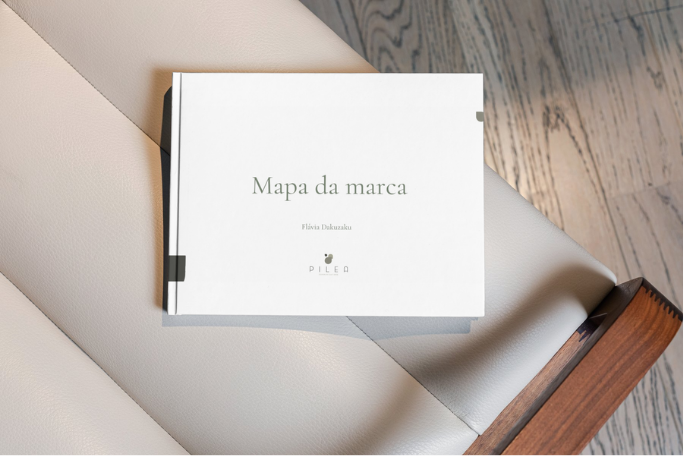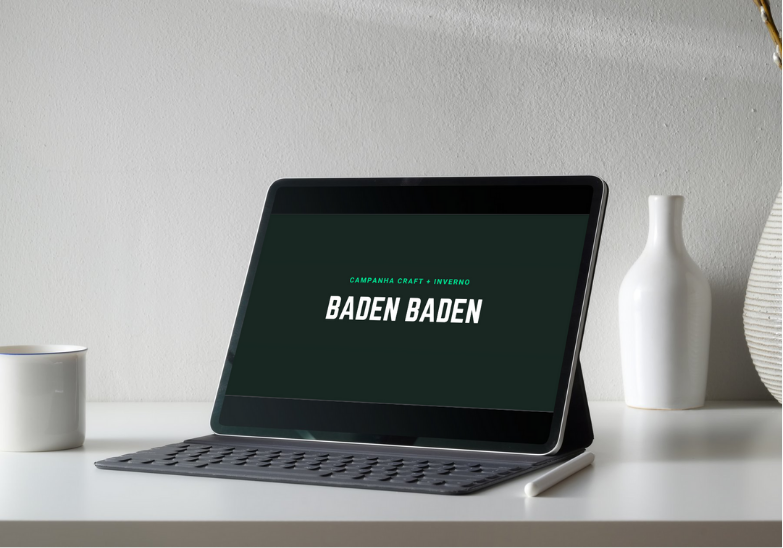In what language do we feel?
Keep your message and create a bond with your international audience.
Your customers might know English, but… in what language do they really feel*?
When your goal is to engage and awaken people's emotions in marketing texts, there is nothing like your client’s native language.
This has been proven: The 2020 study Can’t read, won’t buy states that 65% of consumers prefer reading content in their own language and that 76% prefer buying products with information in their native language.
By communicating in Portuguese, you create an emotional connection with your Brazilian audience and their culture, using references that are familiar to them.
Let's zero out the chances of miscommunication and earn their trust (AKA the utmost selling asset out there).
* “We think in Portuguese, we feel in Portuguese, we create in Portuguese. It is this language that makes us who we are.” - Antonio Risério (translation by Marcela Paglione)



Hold my coxinha
Be it by using images, local links, and brands, cultural references (Did you know that there is no such thing as a summer jacket in Brazil?), or specific metric systems (no inches for Brazil, thank you very much), your audience can know when something was or wasn’t made for them.
Localized materials should give your international audience an authentic experience.
Just like in any marketing campaign, identification leads to connection, then sales.
This should be your marketing's goal, either original or translated. And this is what I’m here for.

Our 7 steps to a local experience
We discuss the type of material to be localized, the project objectives, deadlines, and other instructions that need to be considered so that everything goes as expected.
This is the time to define if measurements, references, keywords, links, and media will be localized.
I start preparing the field. I will study your brand, audience, tone of voice, style guide, or terms preferences... All reference material that you send me. Then, it's time to work on the glossary, the translation memory, and the CAT tool project.
First round of translation.
I let the text sit for a while, then return to the text to check terminology, instructions, naturalness, brand voice, and all the elements agreed early on in the project analysis.
Time to check for spelling, grammar, and punctuation errors in my QA and text editing tools.
Final round of review in context to ensure that the user experience is flawless. Aaand it's a wrap!

The emotional knockout

Some say that every marketing translation is a transcreation because it has to be creative. Others, like me, say that transcreation is a process—neither better nor worse— with a different goal:
To recreate copy so that it draws attention, is on brand, AND drives an emotional impact.
Beyond being culturally and linguistically appropriate, as we do in the localization, we now recreate the message for the local audience.
What's included:
✔ Market research
✔ Two transcription options
✔ Back translation
✔ Comments
✔ A review round
Shall we start? Let me know all about your next project
FAQ
What is the difference between transcreation and localization?
Transcreation is a creative process of recreating a message to the public of another country—in this case, Brazil. The idea is to create a campaign or disseminate materials written in Portuguese. Only the main elements that are part of the campaign in the source text remain the same, and the new text is based on the creative briefing received by a translator-copywriter.
In a localization process, we translate a text in a source language to a target language, adapting the cultural, linguistic, and non-linguistic elements to this new culture that will receive the text, as in the Brazilian version of an app, a platform, or a website/blog.
However, none is better or worse than the other. Each process serves a purpose and should be used according to the company’s business and campaign goals.
How do I know if I need localization or transcreation?
Not every text needs transcreation; some may need localization AND transcreation. Everything will depend on your needs and the main purpose of your text.
Just like in copywriting, if the text needs to inspire an emotional connection with the reader and have them take action, transcreation would be a good request.
If the text needs to inform the reader and respect the source text, even if it is still culturally appropriate and relevant, it would be better to choose localization.
Do you use any translation tools (CAT tools)?
I have experience with the following CAT tools and software: Smartling, MemSource, Worfast Pro (owned), Crowdin, Smartcat, XTM, SDL Trados Studio (owned), XTRF, and Smartsheet.
Do you follow quality standards and/or processes for safety?
As an associate of theAssociação Brasileira de tradutores e intérpretes (Brazilian Association of Translators and Interpreters, or ABRATES), I follow the code of ethics of the association, which is available in this link.
Other than that, I also follow the professional guidelines of the Proz website.











